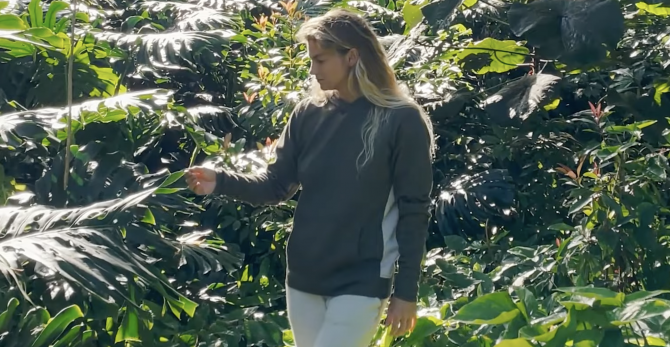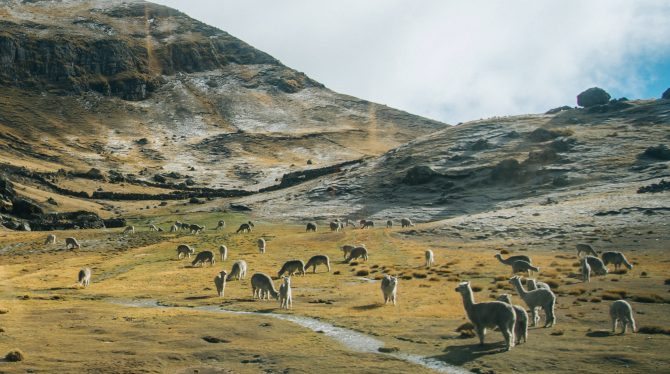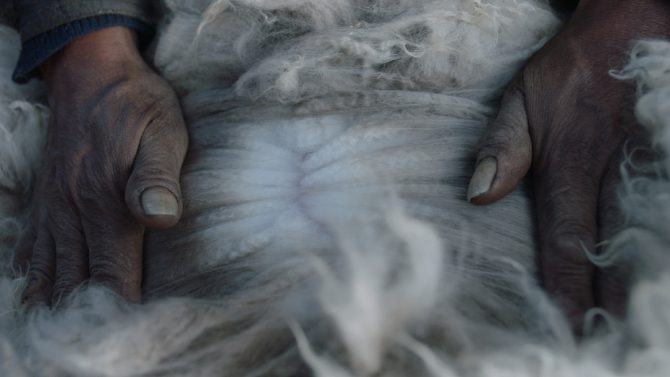Editor’s Note: This article is brought to you by our partners at Paka Apparel.
By now, you probably know that microplastics are everywhere. They’re in our oceans, the soil, rain, even our bodies. But how do they get there? A lot of microplastic pollution is the result of larger pieces of plastic trash in the environment breaking down into smaller and smaller pieces. Some of it comes from car tires grinding themselves into dust on hard asphalt roads. And as much as 35 percent of the microplastics in our oceans are the result of washing synthetic clothes.
For every load of laundry with synthetic materials such as nylon, polyester, and other materials, some nine-million plastic microfibers are washed down the drain. And given their small size, these fibers often make it through the filters of wastewater treatment plants to enter our waterways, and eventually, the ocean. That’s a pretty damning set of facts. Especially for those of us who live an active lifestyle, as we often rely on synthetic clothes like cozy fleeces, moisture-wicking t-shirts, and breathable joggers to get out there and stay comfortable while doing so.

Leah Dawson sports the Breathe Hoodie and Joggers, an all-natural line of clothes from Paka. Photo: Paka Apparel.
However, as awareness around this global issue grows, better options are arising. One such example is the Breathe line produced by Paka Apparel, a certified B-corp that has partnered with pro surfer and ocean advocate Leah Dawson to bring the incredible alternative of alpaca-fiber clothing to the world. “I want to be part of the generation that pivots away from plastic and towards natural fibers,” says Dawson. “Paka’s new Breathe collection is something I feel so confident and comfortable and happy to wear because I know that it’s not wrecking myself or the earth.”
As far as the environment goes, Alpaca fiber packs a punch. Paka uses fiber shorn from small-scale herds of 30-60 animals that roam free in Peru. That’s a stark contrast to the large-scale farms of the goat and sheep industries which cause dust clouds and desertification from overgrazing. Alpacas themselves require less water per day than sheep, and graze only on the top layer of grass, allowing regrowth. Furthermore, one alpaca shearing produces around four sweaters, whereas it takes four cashmere goats to produce the same amount of material.

Alpacas in their natural environment – the Andes Mountains. Photo: Paka Apparel.
Not only is alpaca fiber better for the environment, but its utility as a clothing material is pretty incredible. Alpaca is one of the warmest natural fibers on the planet. Microscopic pockets trap air, creating a warmer ambiance for the wearer. This also makes the fiber lightweight and highly thermoregulating. Alpacas’ natural environment – the Andes Mountains – is a world of extremes with freezing cold nights and hot, dry days at altitudes of around 15,000 feet. Alpaca fiber has evolved over thousands of years to fit such extremes. The keratin-based material is naturally anti-bacterial and odor-resistant as well.

Alpaca fiber has evolved to provide excellent thermoregulation in an extreme environment. Photo: Paka Apparel.
“When most people in the United States hear ‘wool,’ they think itchy, heavy, and outdated,” says Paka Apparel founder Kris Cody. “We’re changing this narrative by creating something that is the opposite – soft, lightweight, and modern.” The Breathe line is made entirely of natural fibers, with an organic Pima Cotton lining for extra softness and a Royal Alpaca exterior. As a certified B-Corp, Paka Apparel has been awarded “Best for the World” in both 2021 and 2022 in recognition of its positive impact and innovation.
“While the material itself is fully natural, ethical, and sustainable, the technology used to create this versatile fabric allows Paka to exist in markets where polyester has been the industry standard,” Kris continues. “By merging functionality with sustainability, Paka is providing an alternative for consumers within these markets and helping them make choices that are better for the environment’s wellbeing as well as their own.”

Oahu-born model and super-influencer Jay Alvarrez in his Paka, with a ‘paca. Photo: Paka Apparel.
I’ve been wearing the Breathe Men’s Hoodie and Joggers for the past few weeks and am stoked on the active functionality baked into these sustainable garments. The super soft alpaca fiber really is the perfect versatile layer, able to keep me as warm as any cotton and polyester-blend sweatshirt and sweatpants while also providing breathability for active use or when temperatures rise. And for the travelers among us, these lightweight garments pack down to the size of three to four t-shirts, so you don’t have to sacrifice luggage space to stay cozy.
To stay up-to-date with Paka Apparel’s ongoing mission with Leah Dawson to change clothing manufacturing for the better, give them a follow on Instagram, and be sure to check out the Breathe line on pakaapparel.com.

